Whether it’s an unsafe driver cutting us off on the way to work or an upset client threatening to march into the lobby and give us a piece of their mind, we just never know when conflict and confrontation are going to rear their ugly heads. Our ability to train and learn to effectively deal with conflict can very well determine our level of professional success and personal fulfillment. In a previous edition we discussed how when confronted our bodies will instinctively shift into high gear and physically prepare us for battle. Having recognized the signals that we are physically ready for Fight, Flight, Freeze, or Submit, our next task is to regain our own composure before we can address our opponents behavior. At a moment’s notice our mid-brain leaps into the driver’s seat, but we can learn how to regain control of the bus and guide it to the destination of our choice.
I find body language or the science of silent communication to be fascinating. When training to become a mediator I learned the importance of appearing engaged while at the same time appearing neutral. The most simple gestures, expressions, and postures can speak loudly about how we really think and feel. When dealing with conflict it may very well be effective to puff up and posture like two rutting bulls strutting and bellowing while hoping an opponent backs down without a fight. However, in most human interactions, resolving conflict without engaging in bluffing or violence allows for the possibility of a win/win situation, and, hopefully, not permanently damaging the relationship. (The good news behind the curtain is that the effective resolution of a complaint can create a stronger relationship than had there never been a complaint!)
So, first and foremost, how we appear to an angry customer is an important, primary step to begin the process of steering the bus away from the cliff and toward a resolution. For instance, clenched fists can communicate we are prepared to fight or that we are tense and “closed down” to whatever our customer has to say. By assuming a neutral posture such as keeping our hands relaxed, our palms open, and our arms at our sides we can help to defuse a tense situation. If our eyes are wide and we get too physically close to an upset client, we can amplify the confrontation rather than begin to diffuse it. In situations where it is best for us to appear neutral, for instance when helping two parties resolve a dispute, it can be helpful that we don’t lean toward one party yet lean back and become disengaged from the other. Our “siding with one party” can become evident if we take copious notes when one side is speaking, but lean back, cross our arms and take no notes when the other party is speaking. Our silent communication is very important when resolving disputes. And remember as we discussed in a previous edition it takes effort and repetition to acquire these new skills of dealing with conflict. No effort, no repetition, no new skills, no behavior change.
Apart from becoming aware of our body language and maintaining an appearance of calm and control, how do we regain and maintain our composure when we’re in the line of fire, so to speak? From ancient times the word “pneuma” or “breath” has been revered as the center of the spirit and consciousness. It is no coincidence, and it’s my personal experience that the single most effective technique for “keeping one’s cool” is known in military, law enforcement, and among first responders as “tactical breathing”. Though simple and easy to practice, its effectiveness cannot not be overemphasized. Learning a rhythmic, four count system of breathing is essential to conflict management. It works like this: step one is to slowly breathe in through one’s nose, step two is just as one feels the diaphragm begin to expand (don’t breathe so deeply it becomes a big stretch) pause for a slow “two count”. Step three is exhale through the mouth, and step four is to pause for another “two count” as your breath is expended before starting step one again. Being aware of our instinctive body reaction and beginning to regain our composure can put us back in the driver’s seat. To resolve this conflict we need to be driving this bus. In our next edition, I’ll outline several more effective ways to distance ourselves from the conflict and steer the bus toward a peaceful resolution.
Originally published in Beaumont Business Journal, Heat And Humanity Column


